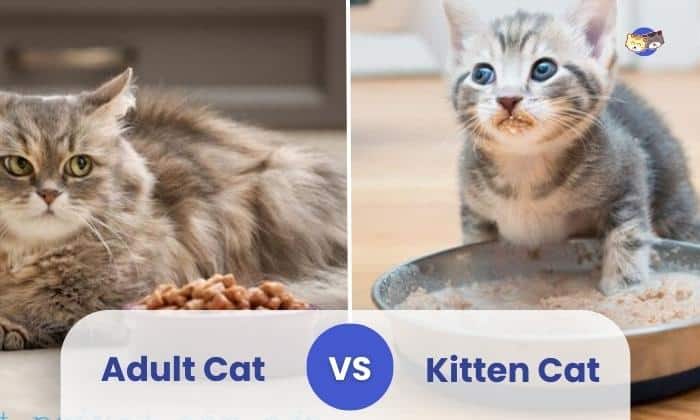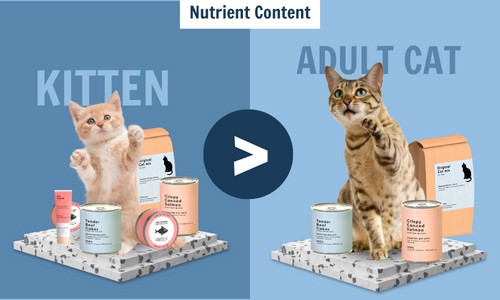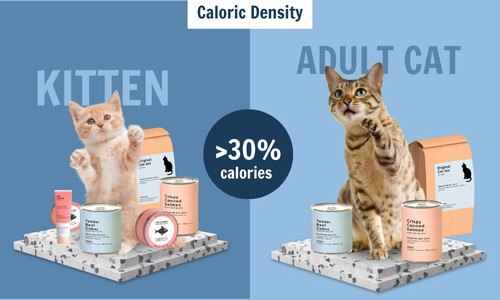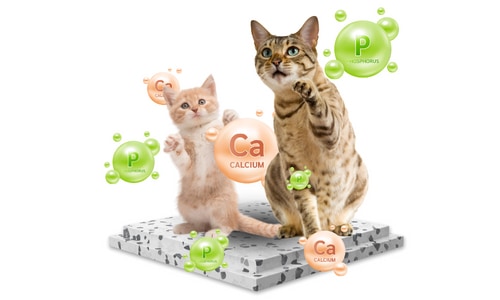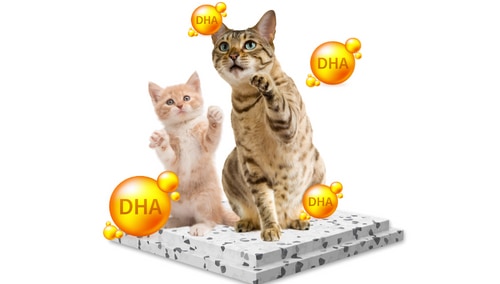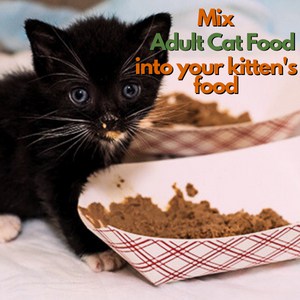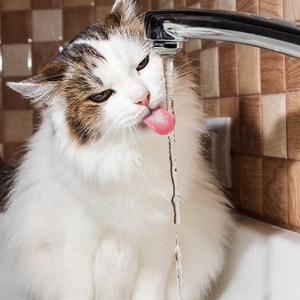We all want the best for our feline companions, and one thing we can never overlook is their diet. Our adorable whiskered pals have their own special dietary needs of protein, fat, and carbohydrates.
One common question cat owners ask is: what are the differences between kitten vs adult cat food? Which is healthier? Which is tastier? And when is the purr-fect time to transition from kitty food to cats food? We’ll answer these burning questions and more in this article, so keep reading!
Table of Contents
Overview
Kitten food and adult cat food are made to suit cats at different stages of life. If we compare the two, kitten food packs higher nutrition levels – more protein, fats, calories, and essential nutrients like calcium, phosphorus, and DHA, all crucial for their growth, energy, and smarts.
But no worries for the adult cats! Despite cat food having fewer nutrients, it still contains the right balance of cat nutrition to keep them healthy and in shape.
Kitten vs Adult Cat Food: Key Differences
1. Nutrient Content
Kitten food is quite different from adult cat food regarding its nutritional content.
Kittens are little bundles of energy, and boy, do they need all the right nutrients to fuel their playful adventures. And what’s a better source of energy than high-quality protein and fat?
These nutrients give them energy and support many changes in their body, from rapid development and muscle growth to repairing any little scratches from playtime.
Of course, cats also need protein, but in a different quantity than kittens. That’s why you’ll find kitten food having a slightly higher percentage of protein (35% and higher) and fat (15% or higher) than cat food.
2. Caloric Density
Aside from having more protein and fat, kitten food also has higher caloric density. It’s simply the amount of calories contained in a given weight or volume of food.
The caloric density of kitten food vs cat food can vary based on the specific brand, formulation, and ingredients used in each type of food.
But on average, food for kitten has 30% more calories than adult cat food.
Keep in mind though that wet food generally has a different caloric density than dry cat food. Since it contains more water, it generally has a lower caloric density.
Read more: How much wet food should i feed my cat
3. Calcium and Phosphorus Levels
Yes, kittens and cats have teeth and bones to take care of too. During the kitten’s early stages of life, higher levels of calcium and phosphorus are necessary to facilitate the formation of strong bones and teeth.
Come adult life, their need for these minerals to maintain bone health reduces. However, there is an exception regarding older and bonier cats. For an underweight senior cat, a higher caloric density and a more protein-wet food is an absolute must.
4. Special Ingredients
If you look over your kitten food’s list of ingredients and see DHA, that’s a green flag. DHA is an abbreviation for Docosahexaenoic Acid, and it’s a type of omega-3 fatty acid.
Think of it as a secret recipe for brain and eye development. Although it is typically not found in cat food, adult cats can still benefit from having DHA in their diet.
Feeding Guidelines
Now, here’s the secret to a smooth transition from kitten to adult food: slow and steady wins the race. When your kitten reaches around 10-12 months of age, it’s important to transition from kitten to cat food very slowly to avoid any digestive issues. To help you out, here’s a step-by-step guide:
1. Start Slowly
Mix just a tiny amount of adult cat food into your kitten’s regular meals. Gradually increase the proportion of adult cat food over the course of 7-10 days.
| Day | Proportion of Adult Cat Food |
| Day 1-2 | 5-20% |
| Day 3-4 | 20-40% |
| Day 5-6 | 40-60% |
| Day 7-8 | 60-80% |
| Day 9-10 | 80-100% |
2. Observe Your Cat
Every cat has their unique preferences and quirks. Some might pounce on the adult food right away, while others might take their time to savor the change.
3. Keep Your Cat Hydrated
Provide ample fresh water, especially if they are eating dry food.
If you switch from kitten to cat food gradually but still encounter a digestive issue, slow down the transition even further, and consult your veterinarian if necessary.
And don’t forget to shower them with extra love and attention! It’s not that easy of a process for them and your support and affection can make all the difference during this adjustment phase.
Frequently Asked Questions
What happens if my kitten eats my older cat’s food?
Don’t panic. If your kitten has only eaten a small amount of the older cat’s food, it is unlikely to cause any major issues.
But if they have consumed a significant quantity or if you notice any changes in their behavior or health, it’s best to monitor them closely and consider consulting your veterinarian for guidance.
Conclusion
In conclusion, when it comes to choosing the purr-fect nutrition for your feline friend, it’s essential to consider the differences between kitten vs adult cat food. Whether they’re still a small fluff ball or already a wise companion, ensuring they receive the proper diet is the key to a vibrant and healthy cat life.

I am Amy Sawy, a Doctor of Veterinary Medicine (DVM) graduate from the University of Kansas. y husband, Dr. Plummer, and I own a veterinary clinic in Phillipsburg, Kansas. In addition to my professional background, I am a devoted pet owner myself, with a household that includes dogs, rodents, and most notably, cats – a total of five felines in my home.
In 2020, I joined an organization as a professional writer, leveraging my experience and collaborating with my team to deliver the most valuable information for your cat’s care.


